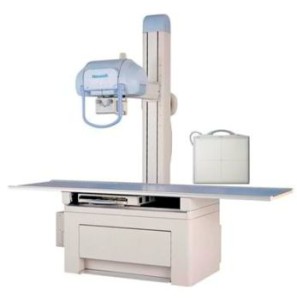Barium Studies

These are studies of the gastro-intestinal tract performed using barium sulphate and X-rays. Depending on the area being examined. There are four types of Barium Studies –
- Barium Swallow
- Barium Meal
- Barium Meal-Follow-through
- Barium Enema
Barium Swallow is a study for the esophagus. Barium Meal for the stomach, Barium Meal Follow-through for the small bowel and Barium Enema for the large bowel . In Swallow, Meal and Meal-Follow-through examinations, the patient has to drink barium. In Barium Enema examinations, barium is given using an enema tube.
Intravenous Pyelogram (IVP)

An intravenous pyelogram (IVP) is an X-ray test that provides pictures of the kidneys, the bladder, the ureters, and the urethra (urinary tract ). An IVP can show the size, shape, and position of the urinary tract, and it can evaluate the collecting system inside the kidneys.
The IVP is usually a relatively comfortable procedure.
You will feel a minor sting as the contrast material is injected into your arm.
During the imaging process, you may be asked to turn from side to side and to hold several different positions to enable the radiologist to capture views from several angles. Near the end of the exam, you may be asked to empty your bladder so that an additional x-ray can be taken of your urinary bladder after it empties.
Micturating Cysto-urethrogram (MCU)
A micturating cysto-urethrogram (or MCU) is a study using X-rays that shows the bladder and urethra (the tube that carries urine from the bladder and out of the body) while passing urine.
The test is performed to find out if the urine goes from the bladder back up to the kidneys instead of out through the urethra, known as vesico-ureteric reflux (VUR). This can be the cause of recurrent urinary tract (in the bladder or kidneys) infection and kidney damage. The test also shows how the bladder empties and what the urethra looks like.
This test is most commonly performed on children under six months of age, but can be used less commonly as an investigation for older children and adults with multiple recurrent urinary tract infections.
